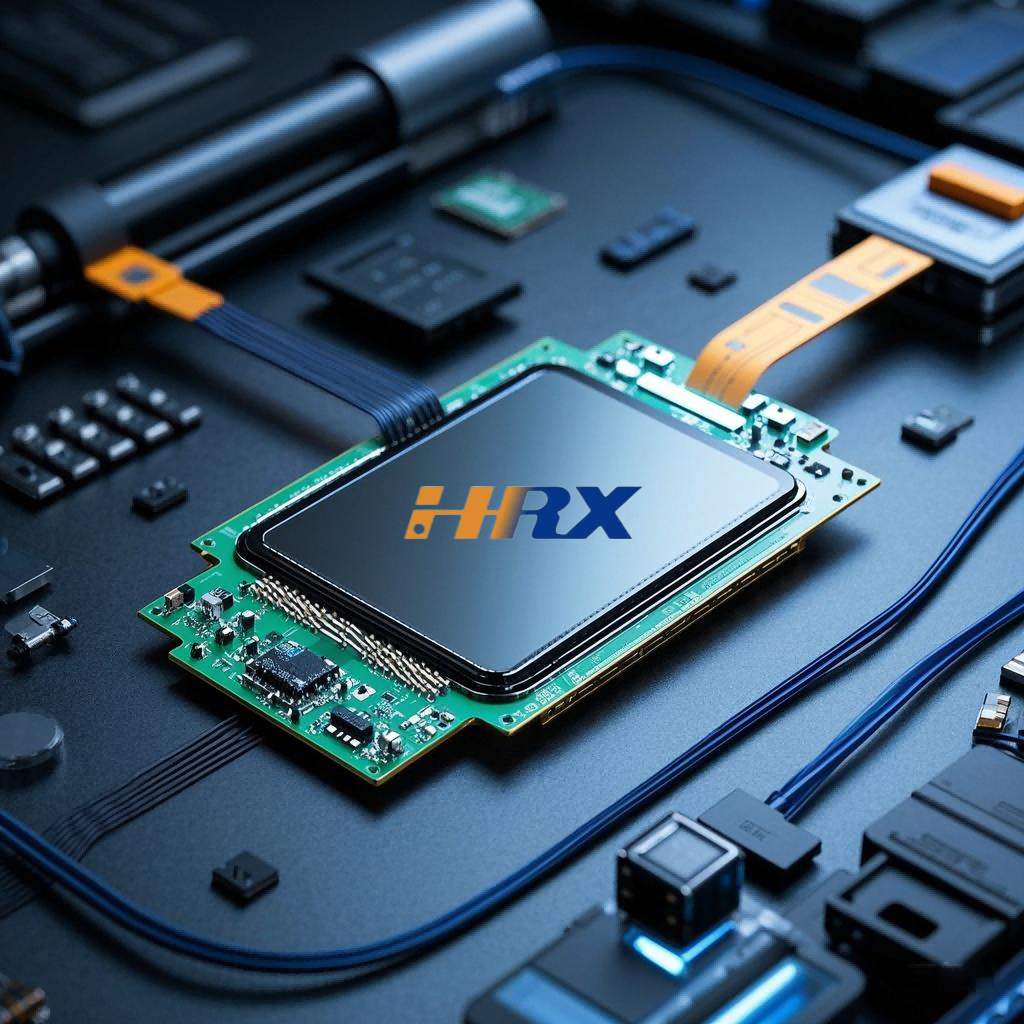Search
Key Considerations in FPC Design and Production for Smart Screens
- Feb 07,2025
-
Share
In the fast - paced and ever - evolving domain of electronics, the integration of Flexible Printed Circuit (FPC) boards with smart screens has become an industry - standard practice. With the relentless technological progress, the market's insatiable demand for sleeker, more pliable, and high - performance electronic devices has spurred the need for flawless FPC - smart screen integrations. Nevertheless, attaining a successful design and production cycle necessitates meticulous attention to multiple pivotal technical details.

1. Flexibility and Bend Radius
The inherent flexibility of FPCs stands as one of their most salient features. When engineering an FPC for a smart screen application, the bend radius emerges as a critical parameter. This parameter quantifies the minimum radius at which the FPC can be bent without incurring any damage to its internal circuitry, such as conductor trace fractures or delamination between layers. For instance, in foldable smart - screen devices, the FPC must endure repeated flexion cycles during the folding and unfolding operations. A prime example is the [specific foldable smart device name]. The FPC in this device was meticulously designed with an optimized bend radius, incorporating advanced materials like liquid - crystal polymers (LCP) and precise trace routing algorithms. This enabled the device to undergo hundreds of thousands of folding and unfolding cycles without any discernible signs of circuit degradation. Shenzhen Huaruixin Electronics Co., Ltd. has amassed extensive expertise in designing FPCs with the optimal bend radius, leveraging finite - element analysis (FEA) simulations to ensure the long - term mechanical and electrical reliability of the end - product.
2. Thermal Management
During operation, smart screens generate substantial amounts of heat, and the FPC plays a crucial role in effective thermal dissipation. Inadequate thermal management can trigger a cascade of issues, including reduced screen longevity, color gamut shift, and in extreme cases, complete device malfunction. A renowned high - end smart tablet brand successfully surmounted this challenge by partnering with a professional FPC manufacturer. They employed an FPC equipped with high - density thermal vias and advanced heat - dissipating materials such as graphite sheets. These thermal vias, with their low - thermal - resistance design, facilitate efficient heat transfer from the heat - generating components on the smart screen to the external environment. Shenzhen Huaruixin Electronics Co., Ltd. specializes in the utilization of state - of - the - art materials and innovative design methodologies, such as multi - layer thermal vias and thermally conductive adhesives, to enhance the thermal performance of FPCs. This ensures that the smart screens they are integrated with can operate stably across a wide range of ambient temperature conditions.
3. Signal Integrity
In high - resolution smart screens, maintaining pristine signal integrity is of paramount importance. Any form of electromagnetic interference (EMI) or signal attenuation within the FPC can manifest as display anomalies, including pixelation, image ghosting, or inaccurate color representation. For example, in the production of [a high - end smart TV brand], the FPC was engineered with comprehensive shielding mechanisms, such as copper - clad shielding layers and grounded vias, and precise impedance - matching techniques. These measures ensure that the high - speed signals transmitted between the display driver and the screen are free from distortion and noise. Shenzhen Huaruixin Electronics Co., Ltd. boasts a team of highly experienced engineers who are well - versed in the intricacies of signal integrity optimization. They utilize advanced electromagnetic field simulation software to fine - tune the FPC design, guaranteeing clear and accurate display performance.
4. Adhesion and Assembly
The adhesion between the FPC and the smart - screen components during the assembly process is a critical determinant of the device's overall reliability. Weak adhesion can lead to FPC detachment, resulting in intermittent or complete loss of electrical connection. A leading smartwatch manufacturer overcame this challenge by adopting a specialized high - strength adhesive and implementing a precision - controlled assembly process. This process involved pre - treatment of the FPC and smart - screen surfaces to enhance adhesion, as well as strict control over the curing conditions of the adhesive. Shenzhen Huaruixin Electronics Co., Ltd. has developed cutting - edge adhesion technologies, such as nano - structured adhesives, and stringent assembly quality - control processes. These ensure a robust and reliable connection between the FPC and the smart screen, even under harsh environmental conditions.
Shenzhen Huaruixin Electronics Co., Ltd. is a preeminent FPC manufacturer with profound experience in the design and production of FPCs tailored for smart - screen applications. We wholeheartedly welcome new and existing partners to engage in in - depth communication and discussion with us. By sharing insights and exploring novel opportunities in the realm of FPC - smart - screen integration, we can jointly drive the creation of more innovative and high - quality electronic products.

Let’s talk! We’ll provide the perfect solution for you!
-
 Huaruixin Electronics mainly produces printed circuit boards as the core business, to provide customers with one-stop solutions for FPC/PCB production, components sourcing and Assembly.
Huaruixin Electronics mainly produces printed circuit boards as the core business, to provide customers with one-stop solutions for FPC/PCB production, components sourcing and Assembly. - WHAT WE DO — PCB Design Solutions — Flex PCB Production — Components Sourcing — FPC&PCB Assembly
- PRODUCTS — Single Sided Flexible Circuits — Double Sided Flexible Circuits — Multilayer Flexible Cirucits — Rigid-Flex Circuits — FPC Assembly — PCB Assembly
- CAPABILITY — FPC Capability — Rigid-Flex Capability — PCB Capability — Assembly Capability
- Copyright © 2024 Shenzhen Huaruixin Electronics Co., Ltd. All Rights Reserved.
- Design By BONTOP


